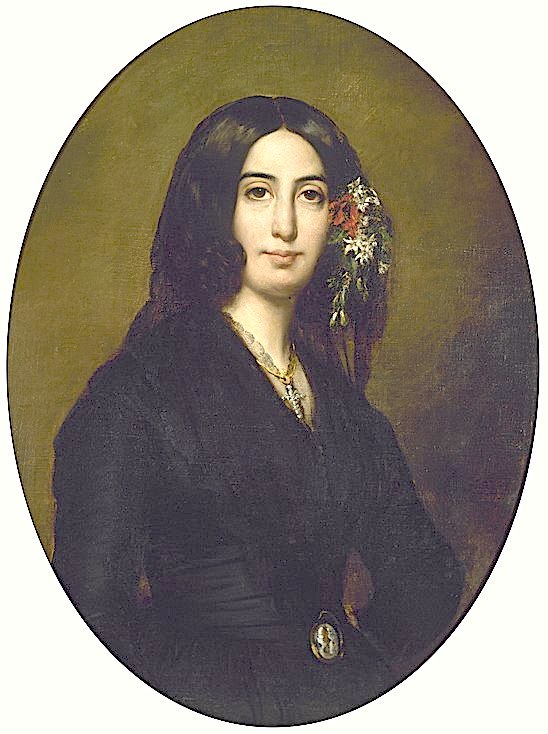


Books in series

Consuelo
1841

Консуэло. Часть I
1842

La Comtesse de Rudolstadt
1843

Консуэло. Часть II
1841
Authors

The novels Lélia (1833) and Consuelo (1842) among works, plays, and essays of French writer George Sand, pen name of Amandine Aurore Lucie Dupin, baroness Dudevant, concern the freedom and independence of women. People recognize this best known, most popular memoirist and journalist, more renowned in Europe in her lifetime than Victor Hugo and Honoré de Balzac in England in the 1830s and 1840s, People recognize Sand of the most notable writers of the Romantic era of Europe. People celebrated this controversial life, which oftentimes overshadowed her creative production. Known for its blend of romance and realism, her effortless spontaneity proliferated without sacrificing style and form. Sand stated the primary happiness in life in love and so focused on relationships in most of her novels as she tackled the complexities of politics, society, and gender. People best know Sand for bold statements about the rights in 19th-century society, her exploration of contemporary social and philosophical issues, and her depiction of the lives and language of provincials. Set of influences of each period of her literary career focused on specific themes. Her rustic perhaps truly represented her form as an author. Her first period reflected her rebellion against the bonds of marriage and deal largely with the relationships between men and women. English poet Lord Byron and French philosopher Jean-Jacques Rousseau clearly influenced Sand with romantic novels, full of passionate personal revolt and ardent feminism, attitudes that went against societal conventions and outraged her early British and American critics. These extremely successful early Indiana , Lelia, and Jacques (1834) established Sand as an important literary voice for her generation. Pastorals, which depict rural scenes and peasant characters, form the last phase of her career. Her love of the French countryside and her sympathy with the peasants inspired La Mare au Diable (1846) and Francis the Waif (1847–1848), set in Berry. Gentle idealism distinguished these realistic pastorals in background detail; many critics finest considered them her finest. After her pastoral period, she continued until her death, but people remember few today. Unconventional life of George Sand in numerous ways: she fondly dressed in clothing of men to gain access to those parts of Paris, not decorous for ladies to go. She smoked in public to scandalize Parisian society. Lust affairs of Sand included high-profile relationships with the composer Frédéric François Chopin, the novelist Prosper Mérimée, and the poet and playwright Louis Charles Alfred de Musset.

англ.: George Sand Жорж Санд (фр. George Sand, настоящее имя Амандина Аврора Люсиль Дюпен, фр. Amandine Aurore Lucile Dupin, в замужестве — баронесса Дюдеван; 1 июля 1804 — 8 июня 1876) — французская писательница.